Sometimes it seems the only way to get kids to listen is to shout, but here’s how to discipline kids without yelling. There are many ways to get your child to listen without raising your voice.
Ready to make BIG changes? Calm Parenting: Learning to Stop Yelling as helped hundreds of parents already. See what all the fuss is about and how this ecourse retrains the brain for calm, patient responses.
Not ready for the course? The beginner’s guide to stop yelling is the perfect way to dip your toe in to making a change.
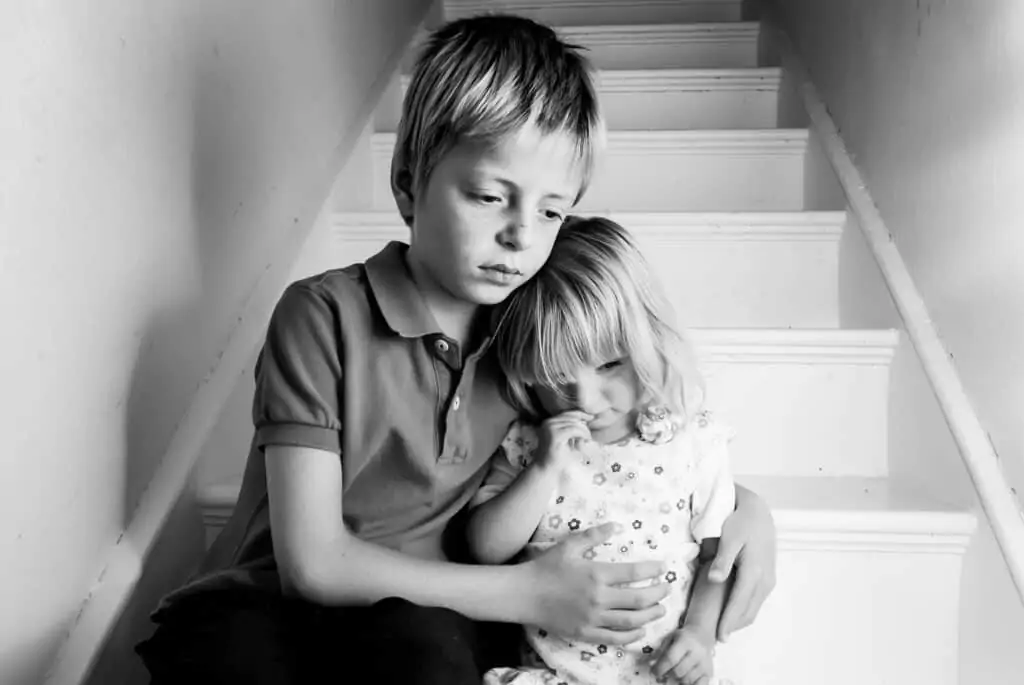
The No Yelling Approach to Discipline
Staying calm when your child is throwing a tantrum, talking back or deliberately disobeying can be a challenge, but the worst thing you can do is respond to bad behavior, with your own tantrum. Yelling at your child and taking your frustrations out on them provokes bigger, more explosive behavior.
Not only does yelling display the extra type of behavior you DON’T want to encourage, it will, 9 times out of 10, make the situation worse.
Each time you yell at your children, you show them that you can’t control your own emotions and they’ll catch on that it’s Ok to act similarly when they have big emotions.
Responding by arguing, raising your voice, slamming doors or acting out relays a message to children who look to their parents as role models for behavior, that this type of reaction is acceptable.
Behavior like this from a trusted adult, only adds fuel the fire.
Here’s what you need to know about using positive discipline techniques so that you don’t break your child’s spirit and can help them manage their emotions when their world spins on its axis.
Resource: Emotion identification tools help kids identify, name, communicate their feelings and what’s going on under the surface.
The Fine Print of Positive Discipline
- Anger is only a surface emotion. If your child is angry, there’s generally more going on under the surface and you going to need to dig to find what’s really going on.
- Shaming a child for being unsure or unable to control big emotions will tear them down, and erode their confidence and self-esteem. Encouraging them to open-up and communicate to you, will build them up.
- Yelling silences a child, but listening and responding with kindness helps them feel safe to communicate with you.
- Often there are environmental factors at play when it comes to a child’s big displays of emotions. Are basic needs met and what is the behavior trying to tell YOU? (Are they hungry, tired, overstimulated, etc.)
- Hard and harsh responses to unwelcome behavior hardens a child heart towards you and the world.
- Children seek responses from their parents and if they aren’t getting it in a positive way, they’ll act out negatively to get any form of attention.
- If you kids won’t listen unless you yell, it might be time to turn the mirror and see how your own behavior could be contributing to them not listening.
- Criticism of a child discourages them, but acceptance of their emotions and feelings will earn their trust and heart.
What Kids Need to Hear Instead of Yelling or Harsh Responses
- Stop and pause before you could overreact to your child’s behavior and the situation. Accidents happen, it could be your child is hungry, tired and overstimulated and their body is trying to send you signals of this.
- Love your child regardless of their behavior.
- Don’t think about YOU – think about them! This behavior does not affect you, unless you let it. Try to see the situation through your child’s eyes.
- Resist the urge to compare your child’s behavior to another child – all behavior is unique to circumstance.
- Demonstrate calm and steady responses to big emotional behavior so you don’t make the situation worse and can model the type of acceptable behavior for your child to learn.
- Use this great trick with hair ties to help you remember for every one (1) negative interaction with your child, you need to balance it with five (5) positives ones. (read about using the magic of the 5:1 parenting ratio here.)
- Help your child learn how to take responsibility for their actions and decisions by coming up with problem solving solutions once they’ve calmed down and gotten perspective.
- Acknowledge your own mistakes when you’ve done wrong and work to make amends with your child and family.
- Focus on your child’s effort, rather than the outcome, especially when things get off course!
Here Are 7 Ways to Discipline Kids Without Yelling
1. Be There for Your Child
A lot of the time, children express frustrations, sadness and pain with anger. When you see your child becoming agitated, frustrated or upset with themselves, surroundings or with others, calmly step in. Show your child you notice their behavior and want to help them by listening, problem solving and giving them your attention.
2. Remind Them of Tools to Help Calm Down
If a child is upset, give them or remind them, of a list of tools they can use to calm down.
Grab Your Free Printable when you read this article for a full explanation of 5 Calm Down Tools to teach kids how to manage their big emotions on their own.
Calm down tools help kids build their self-regulatory muscle and find tools that resonate individually with them, including mindful breathing patterns and calming strategies.
3. Listen to Them Explain Their Feelings
Acknowledging your child’s feelings and the situation can help bring clarity to an upset child.
- “I see you are upset because you wanted to play with the dump truck, but Jack is using it.”
- “I can tell you are mad because your sister doesn’t want to share her toys, is that it?”
Empathizing with your child’s feelings helps them feel heard and opens the lines of communication for them to go more in depth, as well as find a solution to the situation.
- “Yeah, I’m mad because Ella doesn’t want to play to share her bubbles. Maybe if I ask her if I can take a turn in five minutes, she’ll share with me then.”
Parenting Resources: Big Emotions & Helping Your Toddler Feel Heard and Help Your Children Develop Emotional Intelligence
4. Respond Calmly, But Be Firm with Boundaries and Consequences
Think about your children’s teachers and caregivers… when they react to a situation at school, how do they do it? Do they yell or raise their voice, or slam their hands down on the desk? No, they remain calm and get eye level with a child to talk to them in a calm, but firm manner.
Remember these steps to responding calmly but firmly:
- Get to eye level
- Remain calm (they’re more likely to listen, or try whispering so they must listen to hear what you have to say)
- Empathize with their feelings
- Be firm with limits and boundaries
For example:
- “I understand you are hungry, but you cannot take another person’s food off their plate. Please let me know when you’d like a snack and I can help you.”
5. Give One Warning and Then Follow Through with a Consequence (Again and Again)
Give one warning to your child about your child’s action and state the consequence if they don’t listen.
If the child continues to misbehave, be prepared to follow through with the consequence immediately. Consequences are tricky to properly enforce, you can learn more about how to use them properly here.
In order for consequences to be effective, you need to act immediately and follow through on what you say or a child will test the limits.
- If you throw your toys, we’ll have to clean up and you can’t play with them until tomorrow.
- We do not use our hands to hit, if you touch another person’s body you will go straight to time out.
- Spitting is not allowed in this house. If you chose to spit again, you’re going to go inside while everyone stays outside to play.
When you follow through, they’ll recognize that the next time they misbehave, throw toys or hit another child, they’ll face a consequence and in turn, learn their lesson.
If the child continues to repeat the behavior, be prepared to follow through with the consequence each time until they can play nicely.
Set your rules, name your consequences and follow through without giving in.
Parenting Resource: All About Using Positive Discipline Effectively
6. Nix Negative Language and Instead Explain Expectations to the Child
Saying action words like “stop,” “no,” and don’t” are not only confusing for a child, but don’t give any clear directions about what you want behavior you’d like them to change.
Adults need to clearly explain to the child what you want them to stop doing and why so they understand.
- “Please stop jumping off the couch, because I don’t want you to hurt yourself.”
- “We need to be gentle with our toys and not throw them, or they might break.”
- “Please do not throw your food or you won’t have anything left to eat and fill your tummy with.”
To take it a next step further, explain what you want them to do instead so they see the behavior to stop, what can happen and a positive alternative of what they can do instead.
- “When you run in the house or you might slip and fall. What do you think about running around outside instead?”
- “IF we throw balls in the house or you might break something. You can dribble or play catch outside if you want.”
Parenting Resource: The Effects of Negative Language on Children
7. Notice Positive Behavior and Praise Them for It
Children love attention from their parents, and positive praise is the best kind to give them. Children want so badly to behave well for their parents.
Research says that for each one (1) negative interaction, you need to find five (5) positive things to point out about your child to stay connected and make them feel loved.
When you point out good behavior, your kids will notice the behaviors you are rewarding with praise and will be driven to perform these actions more regularly. Praise doesn’t have to be about a good report card or scoring a goal at their soccer game, noticing everyday moments mean a great deal to kids.
For example:
- “Thanks for getting a cup of water for your sister.”
- “I really appreciate you setting the table tonight.”
- “I noticed you made your bed today, thanks for doing that!”
When It Comes to Positive Discipline Tools…
Time outs are a tricky consequence to enforce and should be used sparingly for big misbehavior such as hitting, destroying property, lying or using bad words.
The best medicine for your child’s bad behavior is to remain calm, get on their level, give your child your full attention, listen while they talk, and empathize with their feelings. Stay firm Mama, set reasonable boundaries, and follow through with consequences every-single-time.
You’ve got this!
If You Want a Step-by-Step Plan to Learn How to Stop Yelling…
The Calm Parenting: Learning to Stop Yelling eBook and companion Workbook will take you through all the steps to:
- identify your anger triggers
- identify environmental triggers
- strategies to help you change your response
- learn the 5 most important tools to creating your unique Calm Down Toolkit
- stop yelling and start connecting with your kids
- Read More About the Strategic eBook & Workbook
More Resources for Parents:
- 11 Helpful Charts for Kids: Chores, Reward & Daily Routines to Help Kids Thrive
- Helping Kids with Transitions: Switching Gears without Tears
- Navigating the After-School Meltdown: How to Help Your Child
- Parenting Mindset: How You See Your Child on Hard Days Affects Your Relationship
- Age Appropriate Chores for Kids: Teaching Valuable Life Skills
Want even more?
Shop All Parenting Resources
Shop all of our parenting resources from self-regulation tools and managing big emotions to building self esteem and confidence. There are resources for all seasons of life!

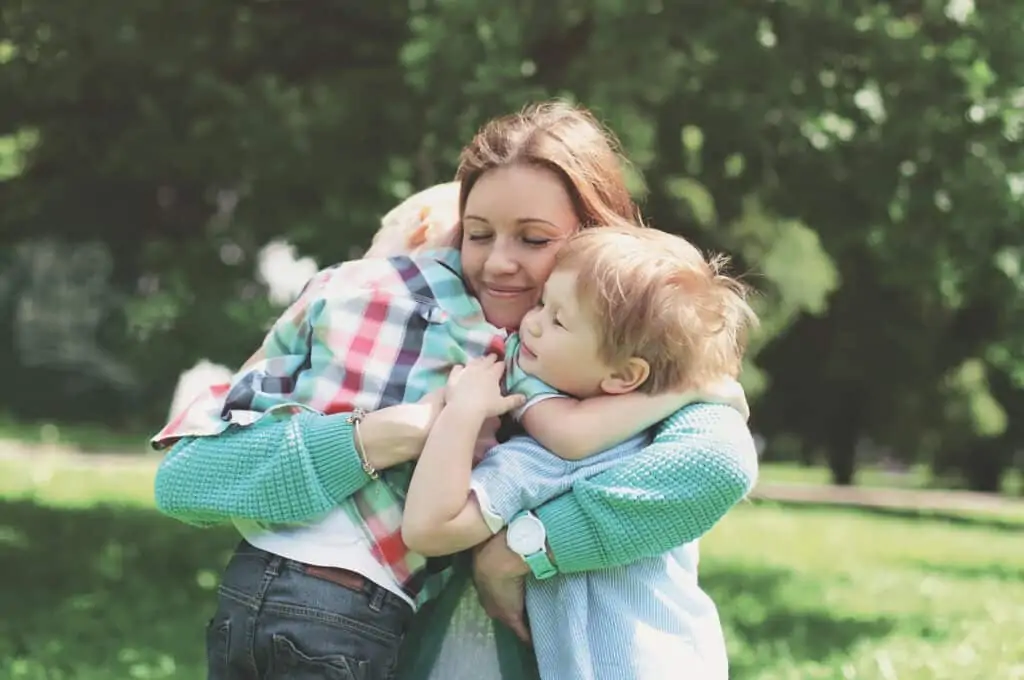
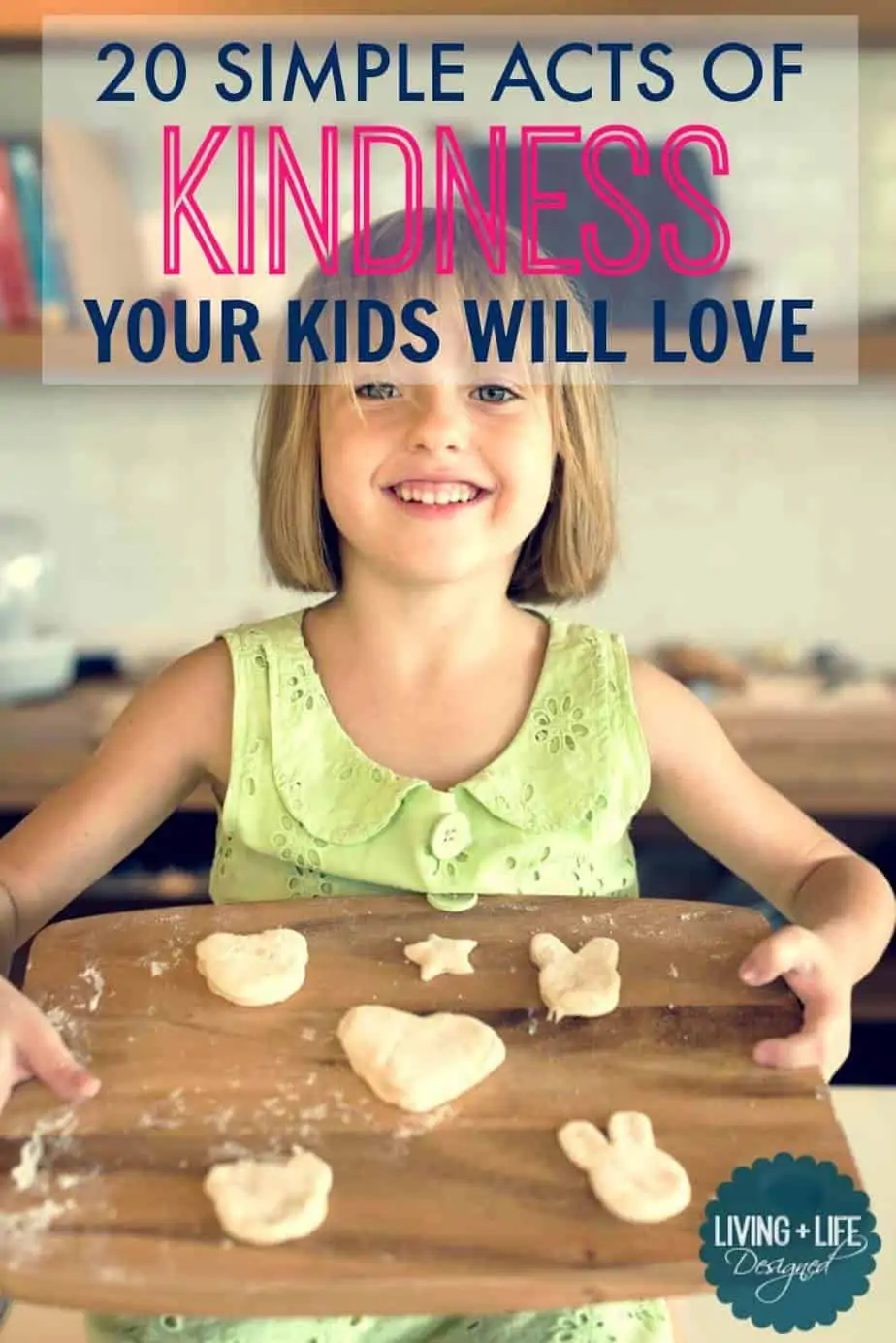
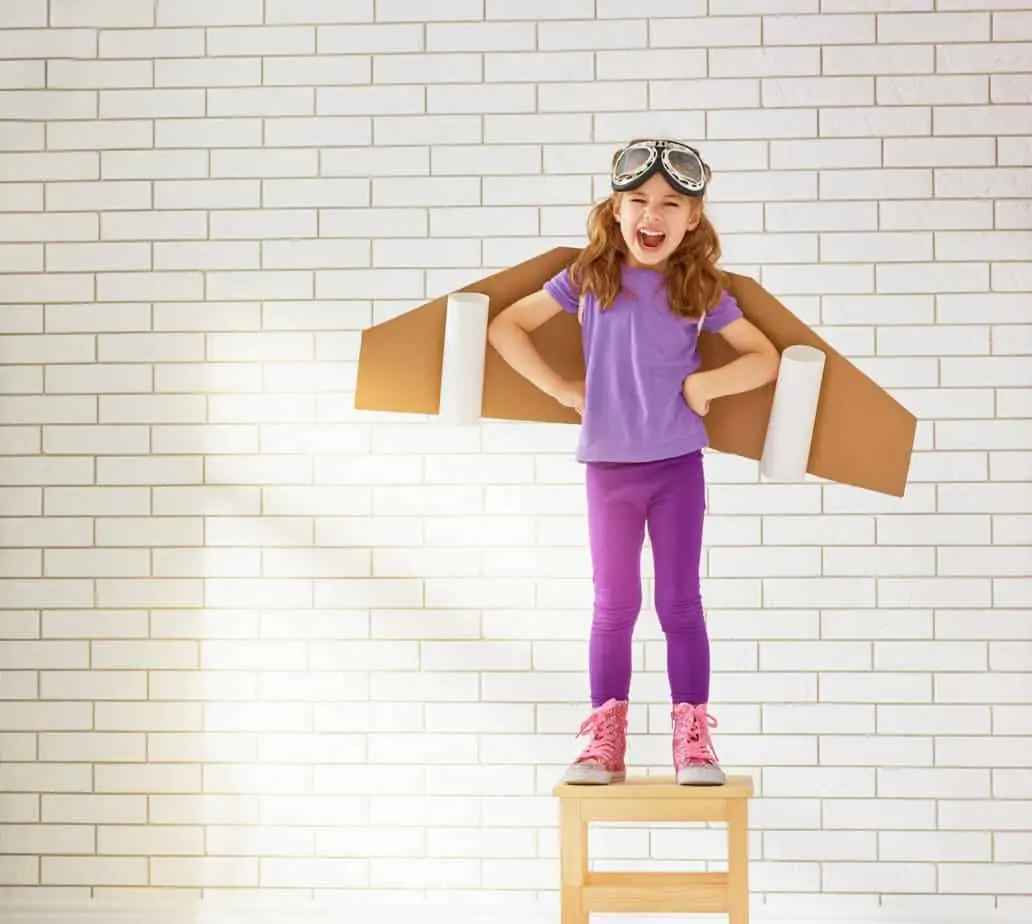
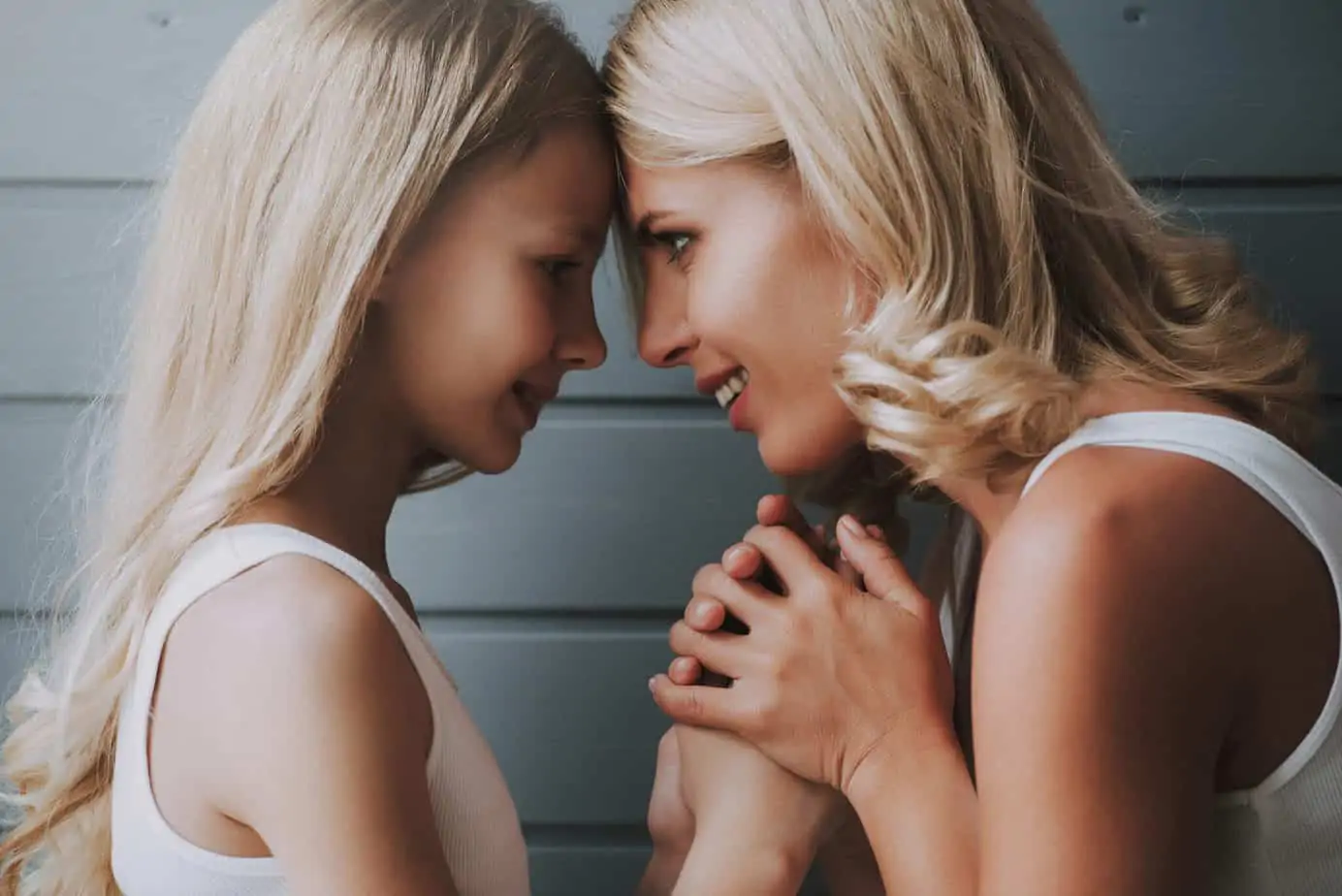
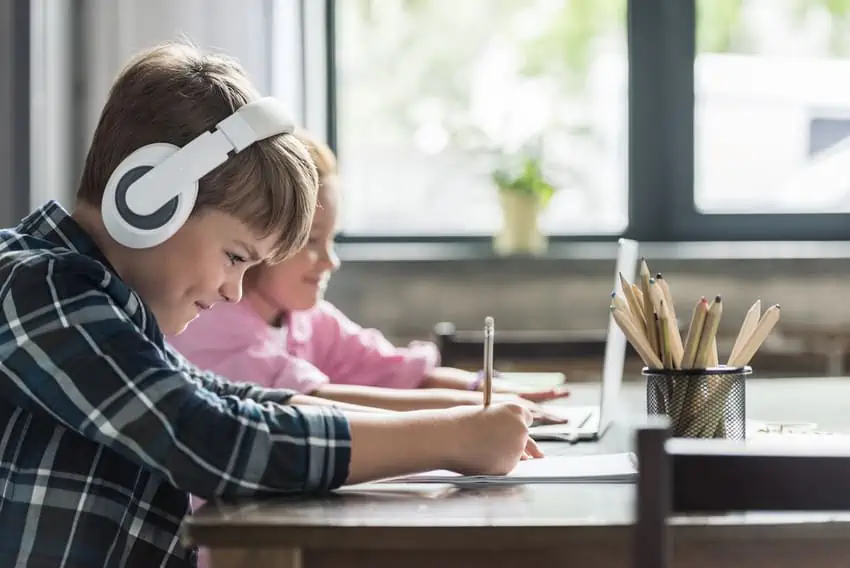



this was really helpful thankyou….am going through the tantrum with my 2year old